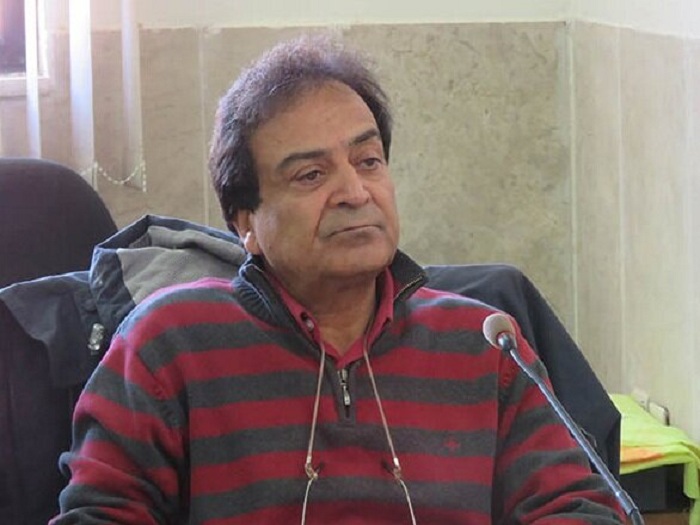Rehabilitation of 100 closed mines in Markazi province

Chairman of the Board of Directors of the Mining House of Markazi Province: This year, the rehabilitation of 100 mines out of 360 closed mines in the province is targeted.
According to the International Iranian Stone Exhibition, Mohammad Hossein Heidari stated: Markazi province is considered as one of the mineral provinces of the country due to the establishment of various and very valuable mines, so that all kinds of strong polymetals and minerals can be seen in this province and 115 elements. Introduced in Mendeleev's table, there are more than thirty elements in the central province, although most of the mines and elements have not yet been discovered.
Referring to the province's efforts to use this pristine capacity, he added: "The goal of the provincial mining council is to help the existing potentials and the activity of the mining clinic, which consists of the mining engineering system, mining house, Samat organization and Arak University of Technology." While carefully examining the condition of the mines, we will classify and diagnose at least 100 of the 360 closed mines in the province and rehabilitate and reopen them.
Heidari added: "In addition to this big action, the Mining House is trying to create a single window and solve problems to attract investors from inside and outside the country."
He pointed out that the Mining House and Mining Clinic intend to use new methods in the field of mining rehabilitation in the province, he said: the lead and zinc mines discovered in Markazi province are low quality and their extracted product is transported only to Zanjan, but We are trying to bring the lead and zinc power to an acceptable level with the help of special methods so that more utilization of these capacities can be done in Markazi province.
The Chairman of the Board of Directors of the Mining House of Markazi Province, referring to the need for additional explorations in the province and cooperation with the Geological Survey of the country, said: Last year, parts of Markazi Province such as Saveh were observed through this organization with the help of aerial geophysics. We are trying to monitor areas of Khomein, Shazand and Mahallat city, which will identify potential streams and mines and reduce the risk of mining.
Referring to the negotiations with Hepco, he added: "In the field of extracting decorative stones, especially travertine, in Mahallat city, there are about 200 to 300 active mining machines, which can be controlled with the help of Hepco, depreciation of these machines, which are very high, and supply parts." We also seek to use the facilities of the Investment Insurance Fund and Note 18 to assist miners in equipping mining machinery.
Heidari said: "Currently, due to the conditions of mines in Markazi province, we are finding the exact complications of the reasons for their closure, which can have many reasons, but if the mine is supported through various devices such as environment, natural resources, etc." It can thrive and shape production, employment, currency and investment.
He added: "Currently, we are in contact with Eurasian countries and countries that have trade relations with the Islamic Republic, and even minerals and decorative stones are exported to these countries, but soon export consortia will be formed so that exports can be done with more power."
* ISNA










